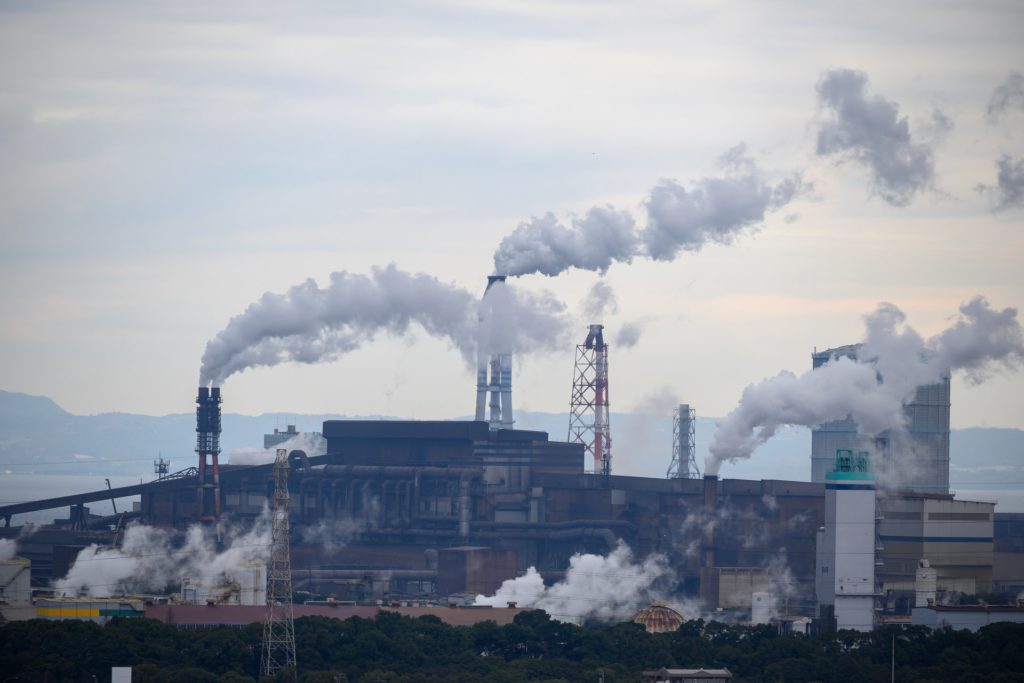Belgium experienced no ‘ozone days’ at all this summer, the first time this has happened since measurements began in 1978, 43 years ago.
"That is certainly good news," said Frans Fierens of the Interregional Cell for the Environment (IRCEL), which produces the figures.
An ozone day is one on which the level of ozone gas in the atmosphere is more than 180µg per cubic metre at any of the many measuring points in Belgium.
Ozone (O3) is probably best known as a gas present in the upper atmosphere which damages the protection against the sun’s ultraviolet light. However at lower levels it is also an irritant, with ozone production from combustion engines and industrial processes placing the breathing of at-risk people in danger.
During any normal summer, IRCEL can be expected to issue a number of ozone warnings, when such susceptible people are advised to remain indoors, and everyone is warned of the danger of strenuous exercise out of doors.
But this year that has not been necessary, Fierens told the VRT. “Since the beginning of ozone measurement, and that has been since 1978, we had never had a year in which the ozone threshold was not exceeded. So this year is unique.”
However we have no reason to congratulate ourselves; 2021 is an outlier, but not because of any human effort to combat ozone pollution.
The reason for this year’s fortuitous results was mainly the rainy weather we experienced during this summer, which may have displeased holidaymakers and cafe terrace customers, but which succeeded in damping down levels of ozone, quite literally.
In addition, the lack of sunlight – which creates ozone by the action of UV light on nitrous oxides produced by cars and other polluters – meant less ozone was formed in the lower atmosphere in the first place.
And congratulations are certainly not in order when Belgium’s results are held up against the limits of the EU – 120µg/m3 and of the WHO (100µg/m3). If the latter level had been in force here, there certainly would have been warnings issued, IRCEL admitted.

